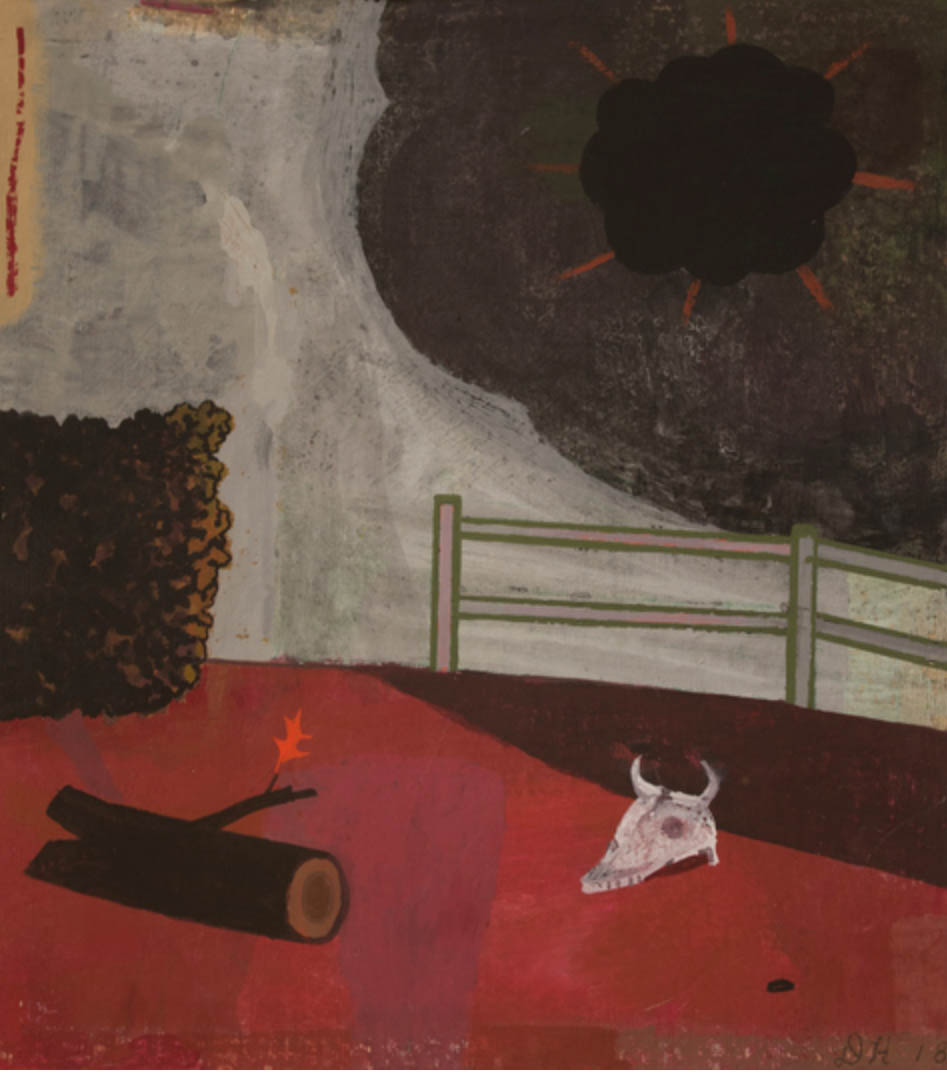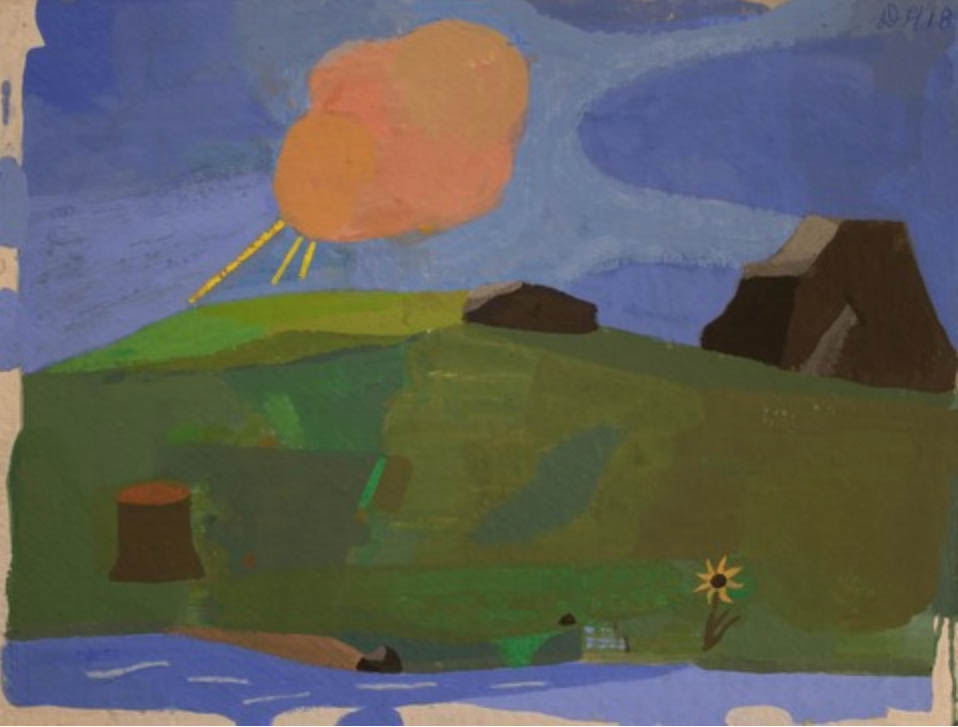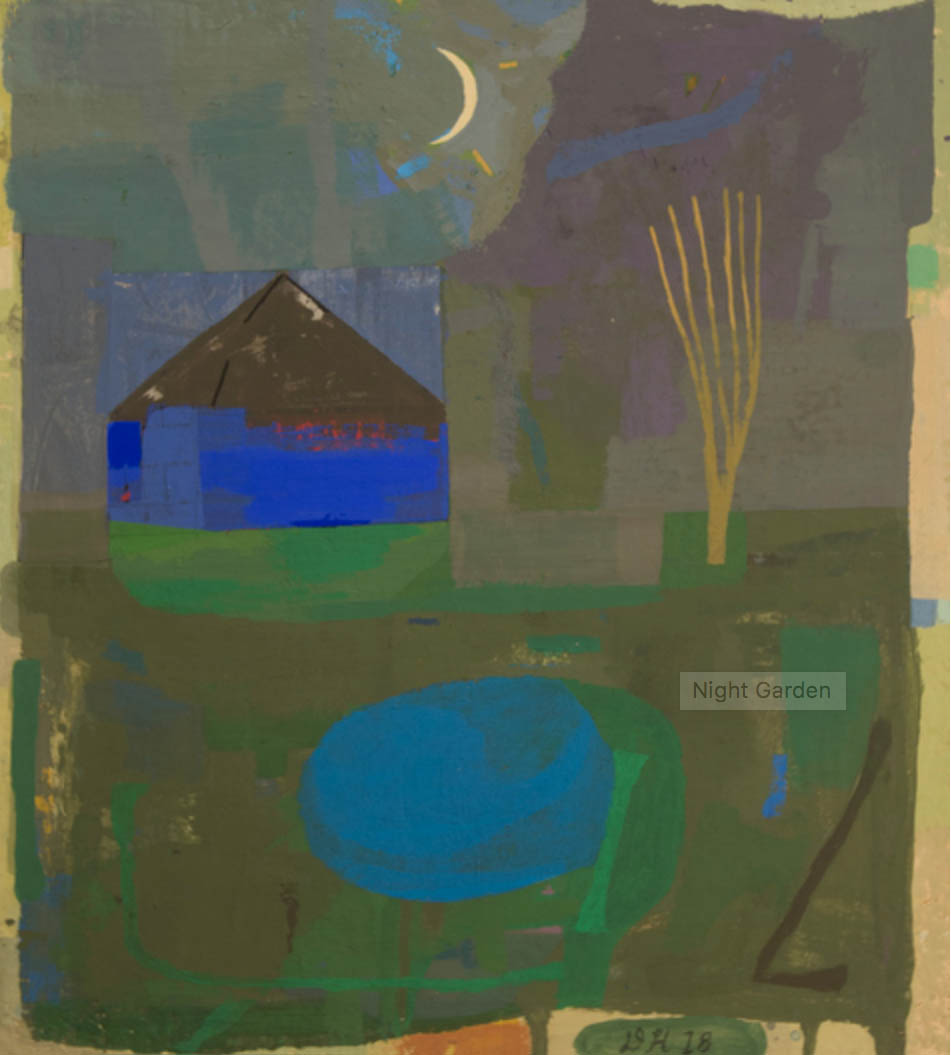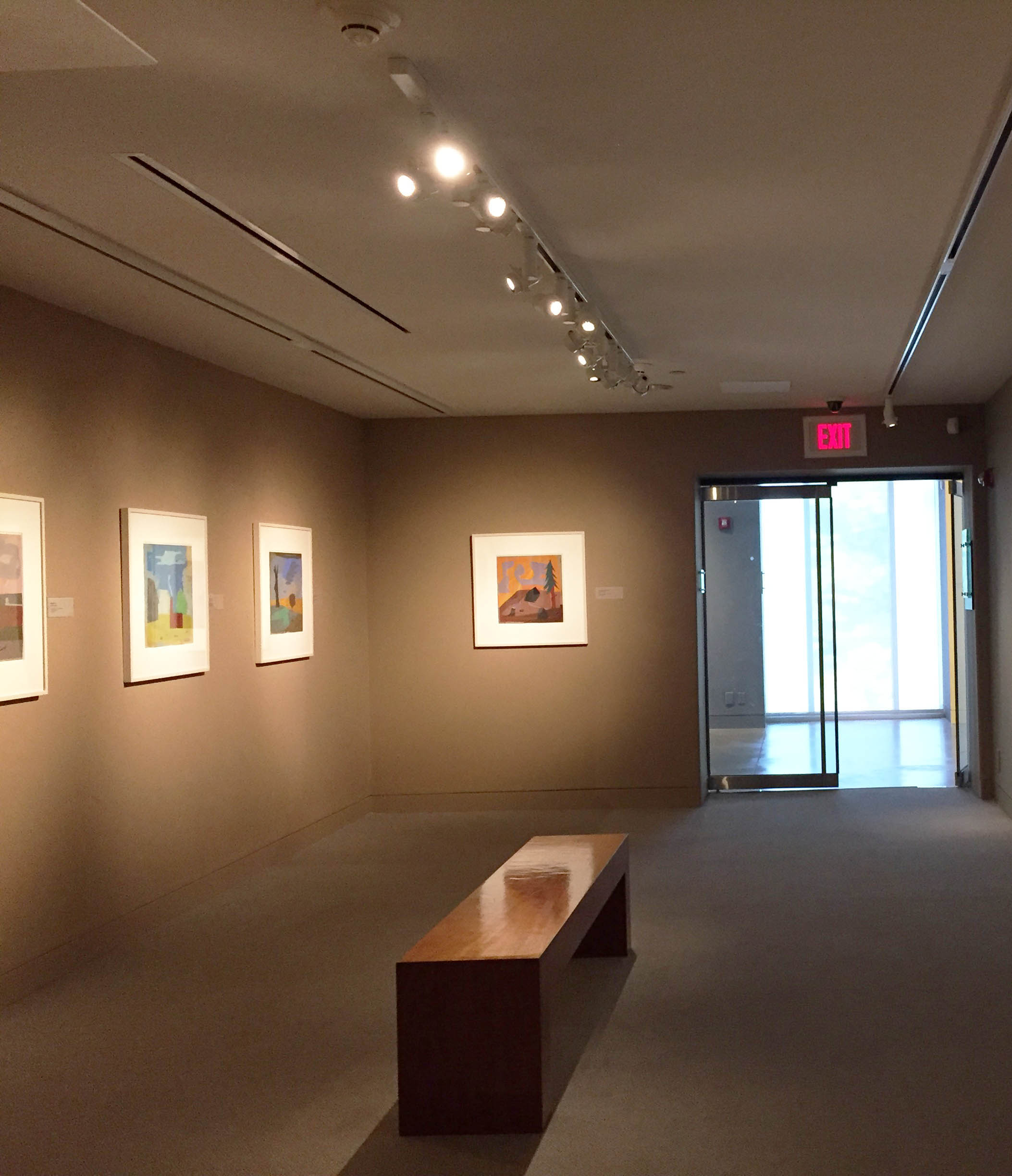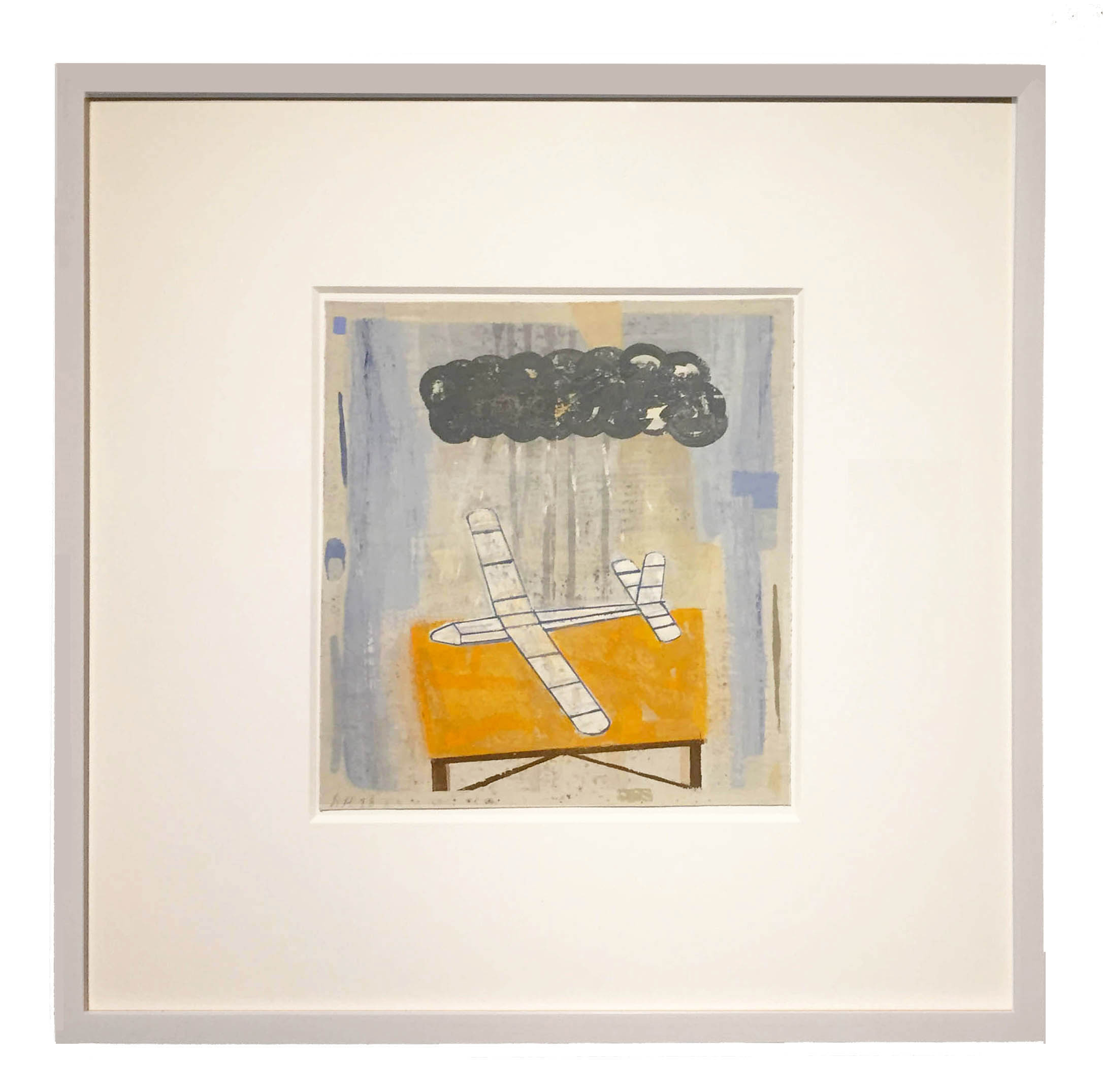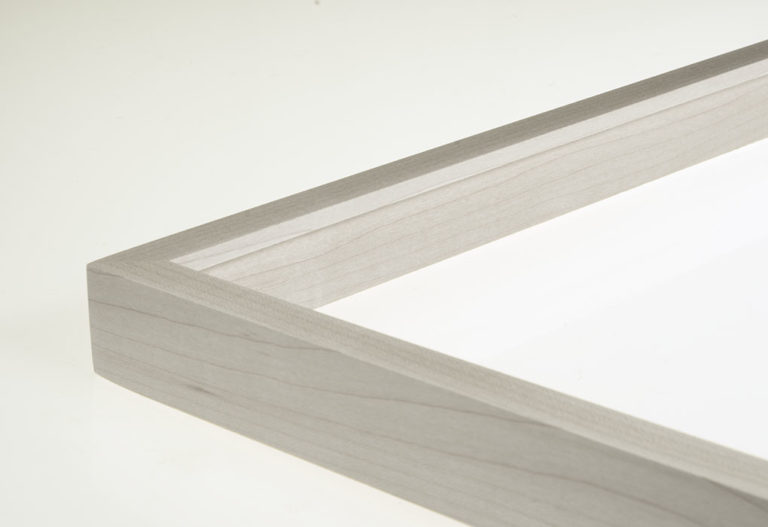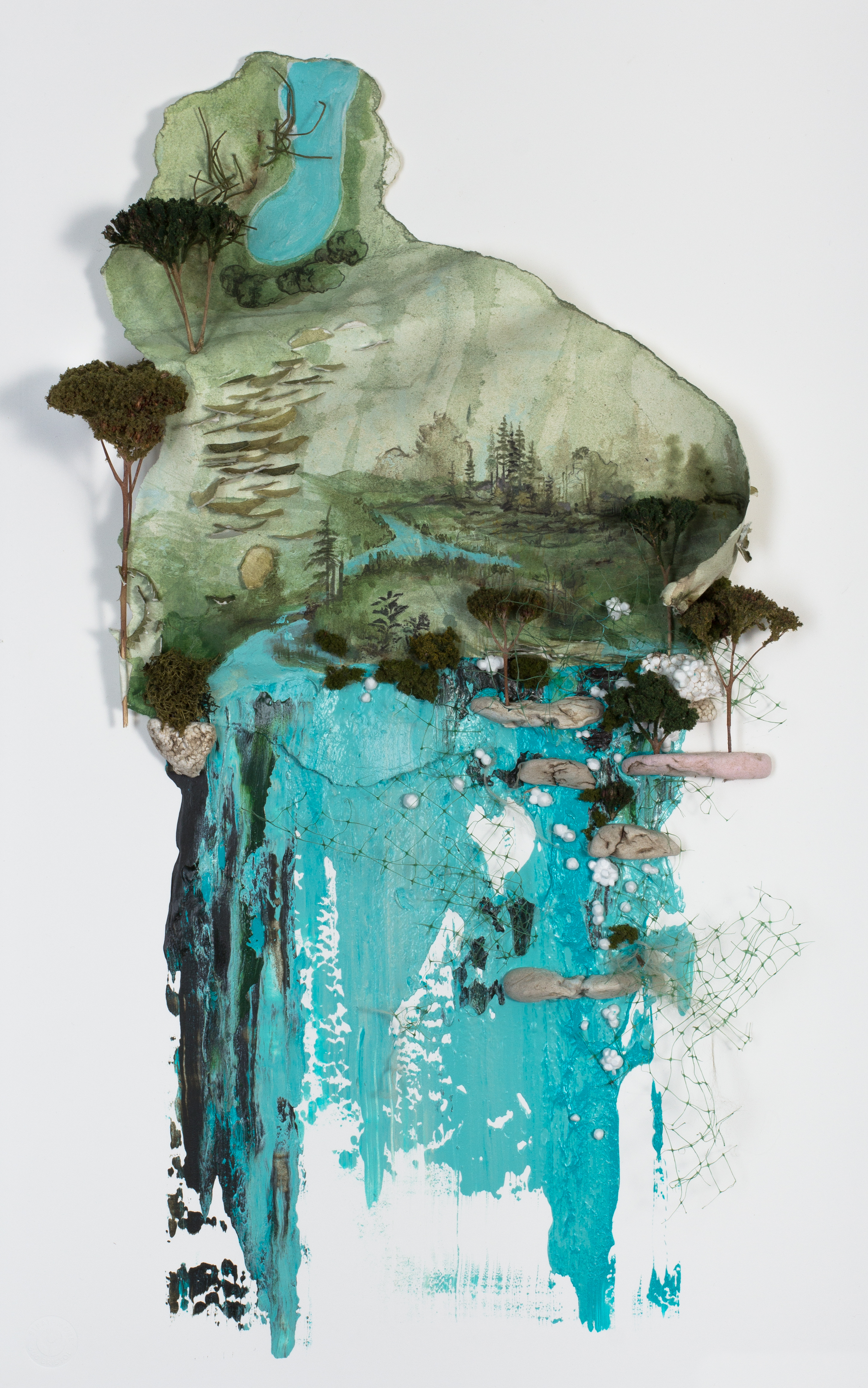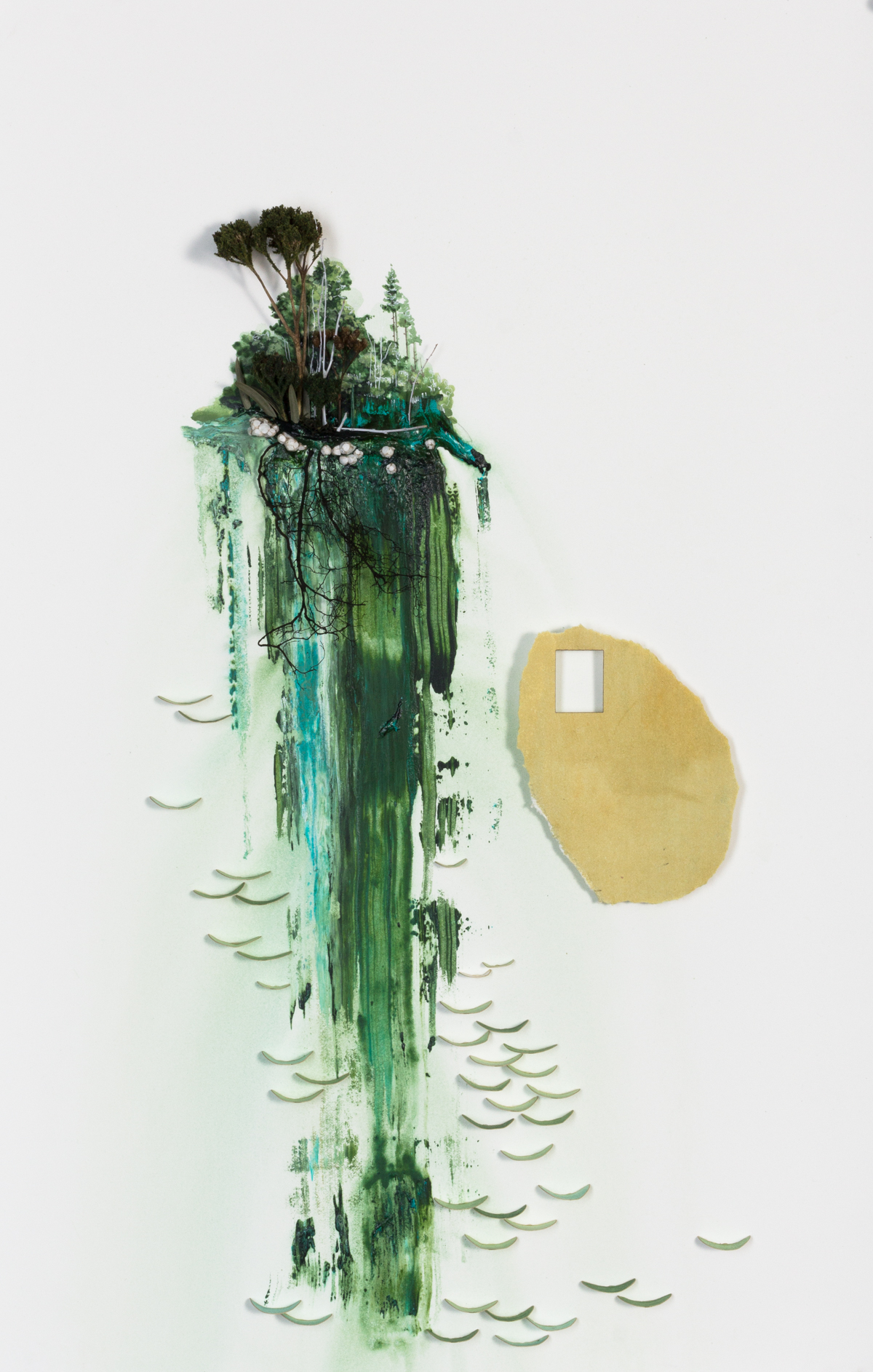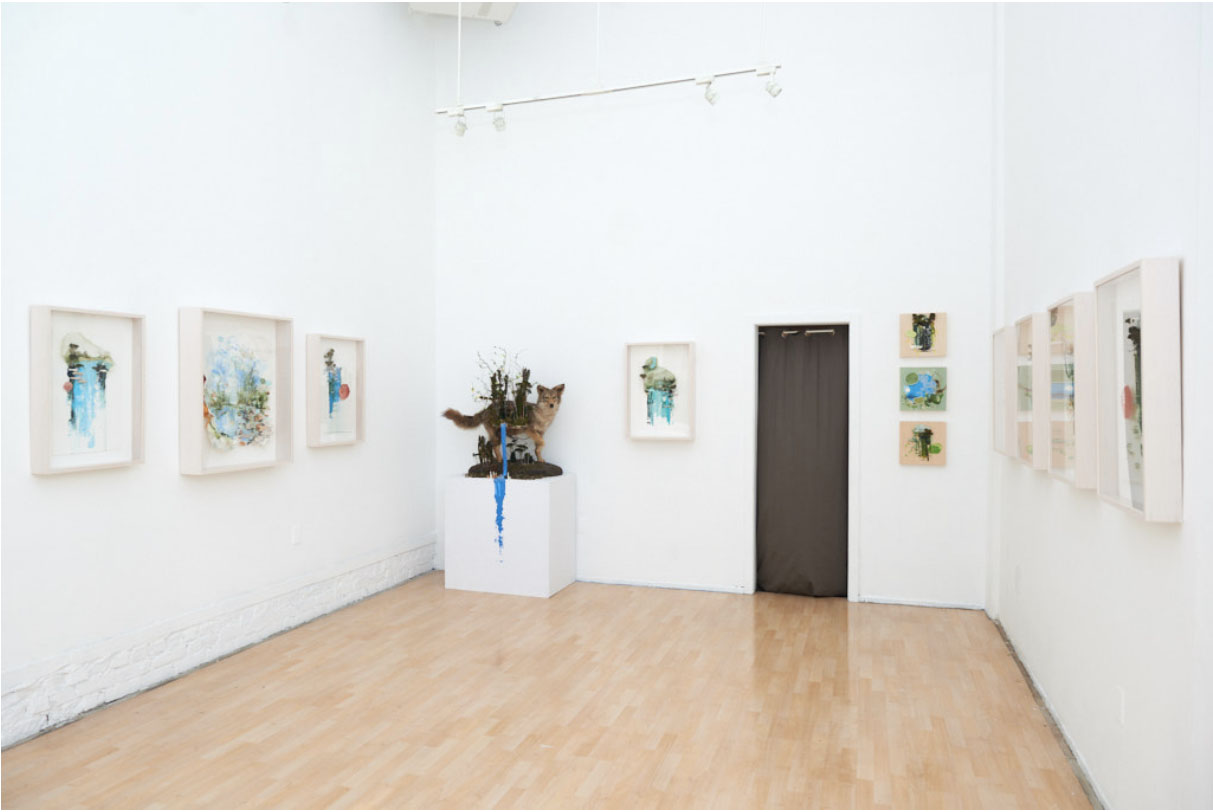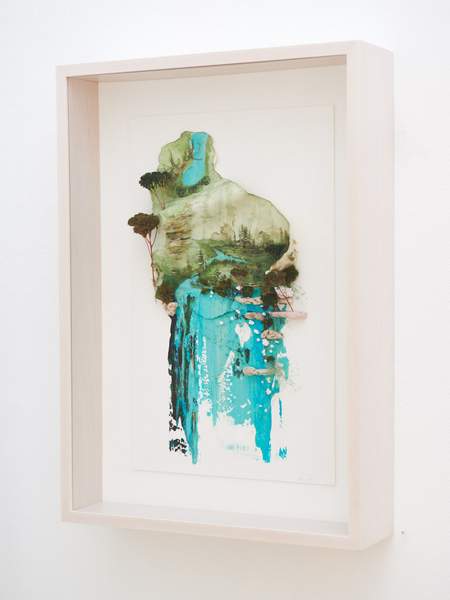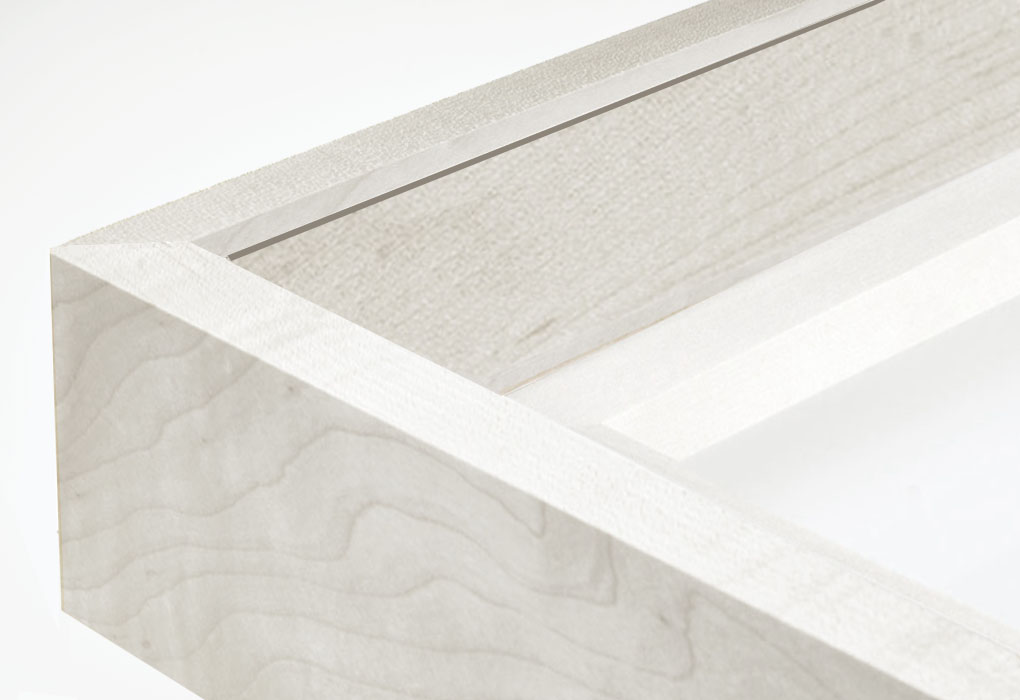Art To Live With for students at the University of Chicago
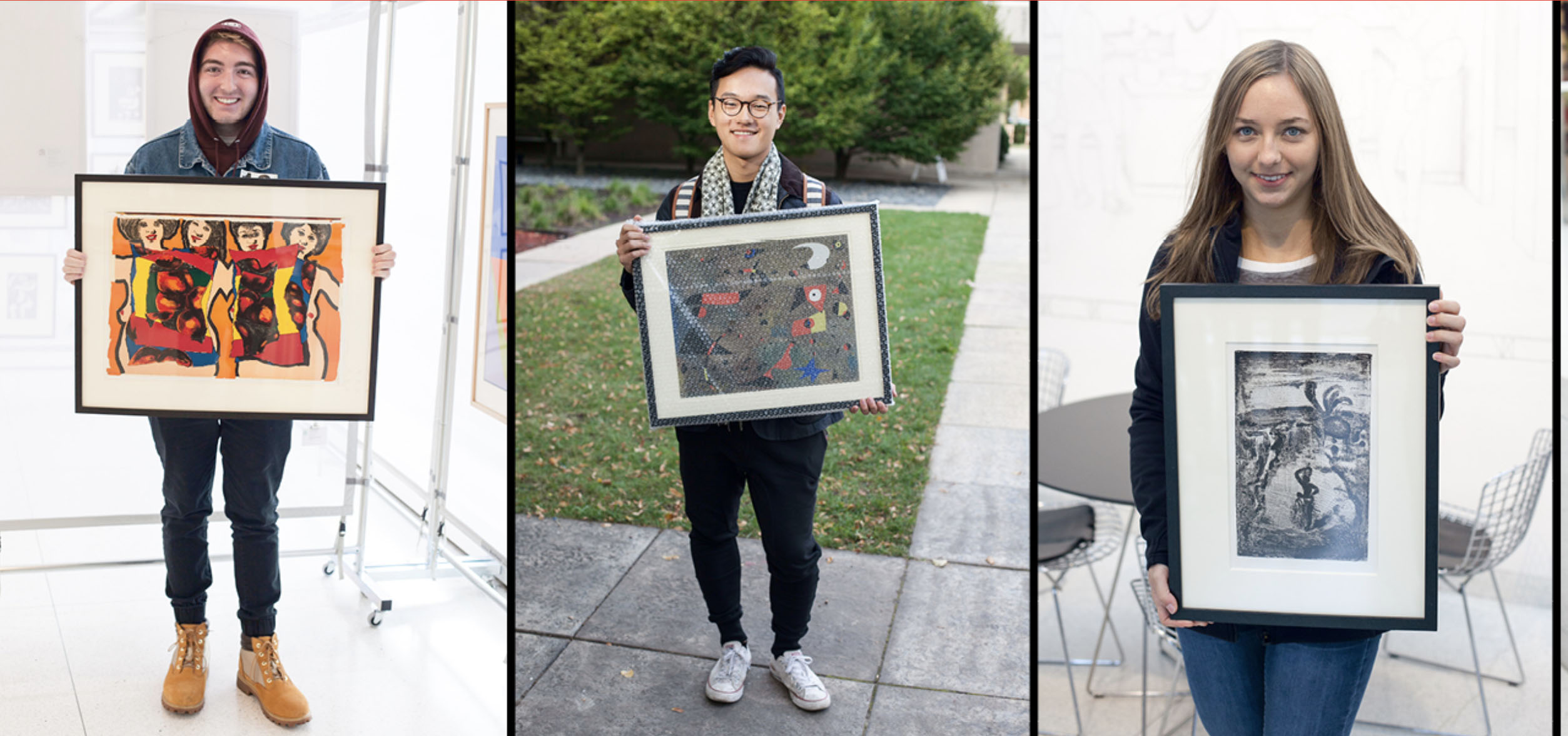
The Smart Museum provides an art loan program, exclusively for University of Chicago students so they can become acquainted with and appreciate art.
Each fall, students living in the University of Chicago’s residence halls have the unique opportunity to borrow original works of art to live with in their dorm rooms. Students are able to select from 150 specially designated artworks in the Smart Museum’s Art to Live With collection. The program is open to current UChicago students living in College Housing. Works will be loaned at no cost for the duration of the academic year. The following are examples of some of the artwork available for loan.
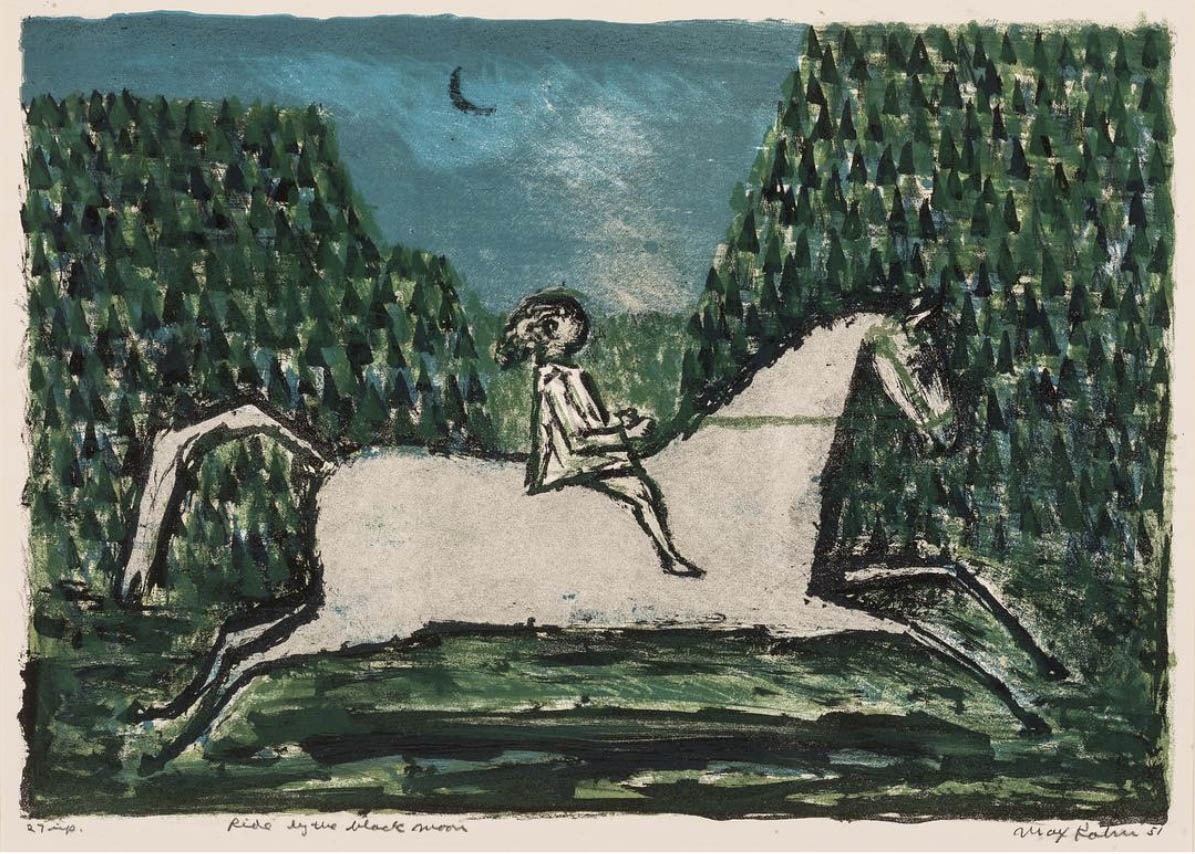
Max Kahn, ‘Ride by the Black Moon, 1953, edition of 12, color lithograph.⠀
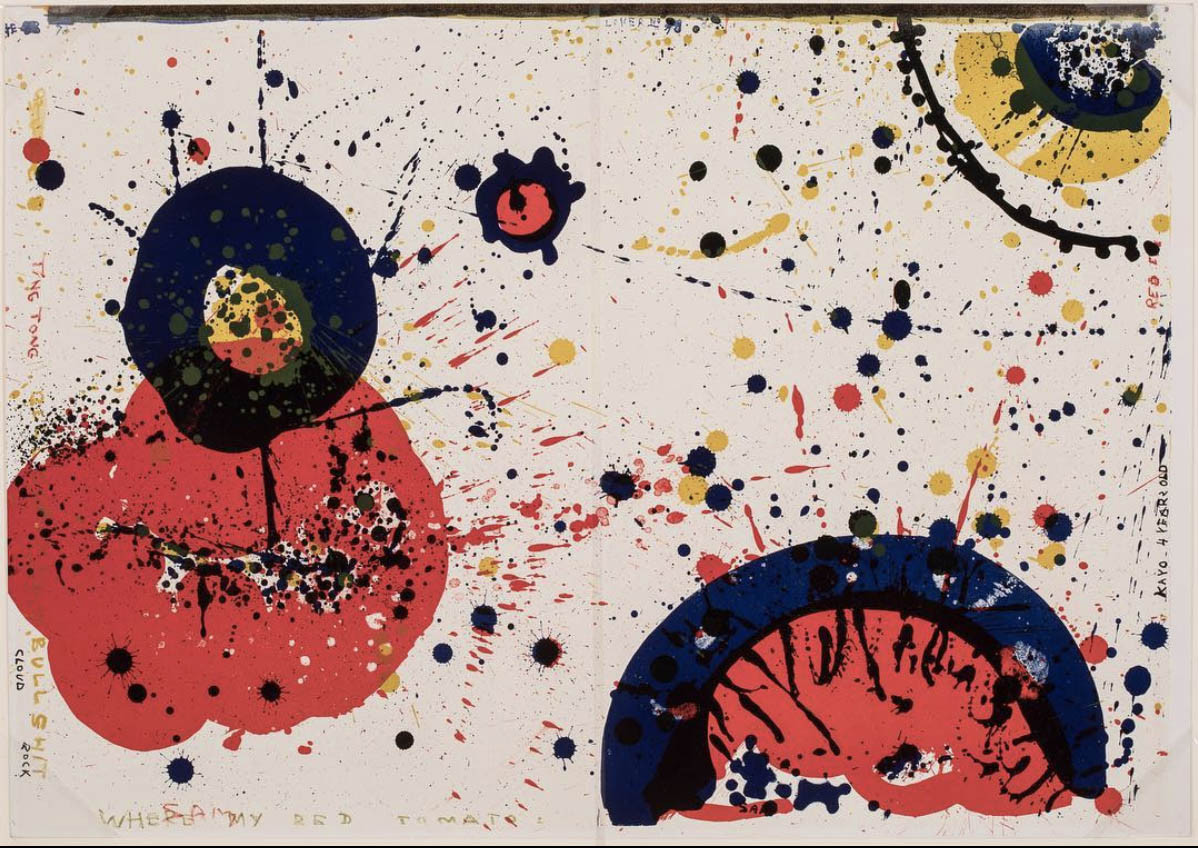
Sam Francis, ‘Cloud Rock (left)/Kayo 4 Years Old (right),’ 1964, from the portfolio ‘1 Cent Life,’ ed. 911/2000, color lithograph.⠀
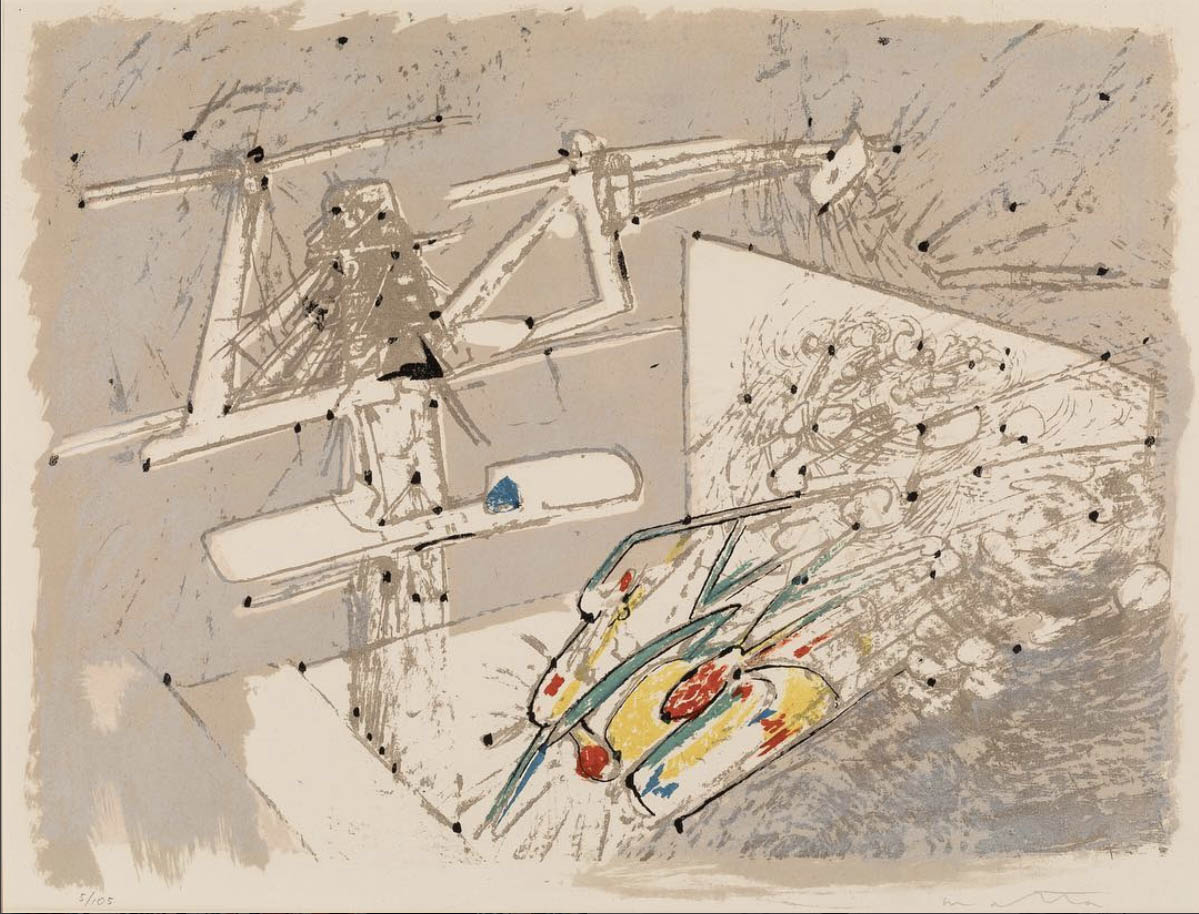
Roberto Matta Echaurren (called Matta), ‘Cosmicstrip IV,’ 1959, from the series ‘Cosmicstrip,’ plate 4, ed. 13/50, color etching.⠀
“The best way to become acquainted with art—and to appreciate it—is to live with it.”
The University of Chicago’s Art to Live With student loan program began in the fall quarter of 1958. It was “the product of conversations between artist-dean of students Harold Haydon and alumnus-art collector Joseph Randall Shapiro,” reported the University of Chicago Magazine. Shapiro, who would become the founding president of the Museum of Contemporary Art Chicago, first loaned and then donated works on paper by modern European and local Chicago artists to the University. It was one of the country’s first university art rental programs.

Shapiro hoped the program “would acquaint students with the experience of having an original work of art to live with.” At the beginning of each quarter, students would select works in Ida Noyes Hall, securing the loan with a payment of 50¢ to $1 for insurance.
In the 1980s, however, the loan program was discontinued and works put in storage. In the 1990s, the collection was transferred to the Smart Museum. Under the Smart Museum, works associated with the program were conserved and installed in University buildings and residential common spaces for students and others to enjoy. In fall 2017, the program returned and works from the Art to Live With collection were once again made available for loan to students.
Student Advisory Committee
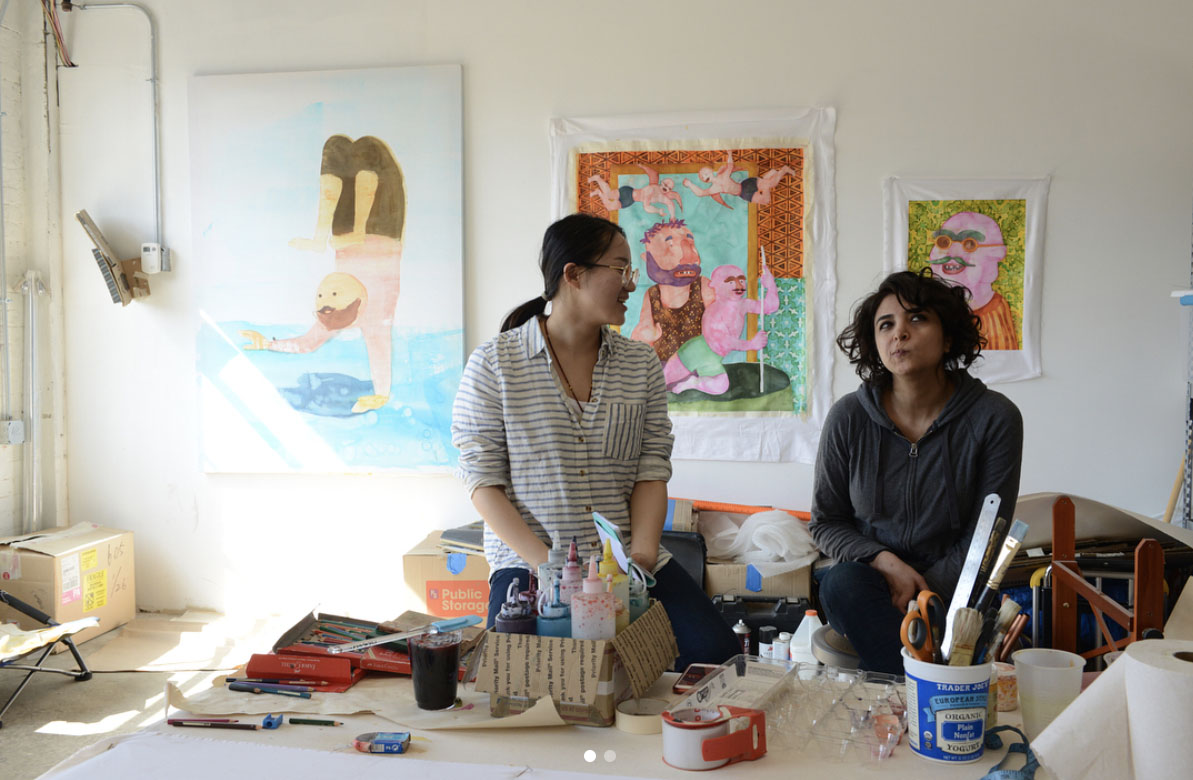
Members of the Student Advisory Committee get the opportunity to visit artists all around Chicago. This past year, the SAC visited Orkideh Torabi in her studio. She was commissioned to create an original work that will be available for loan from the Art to Live program.
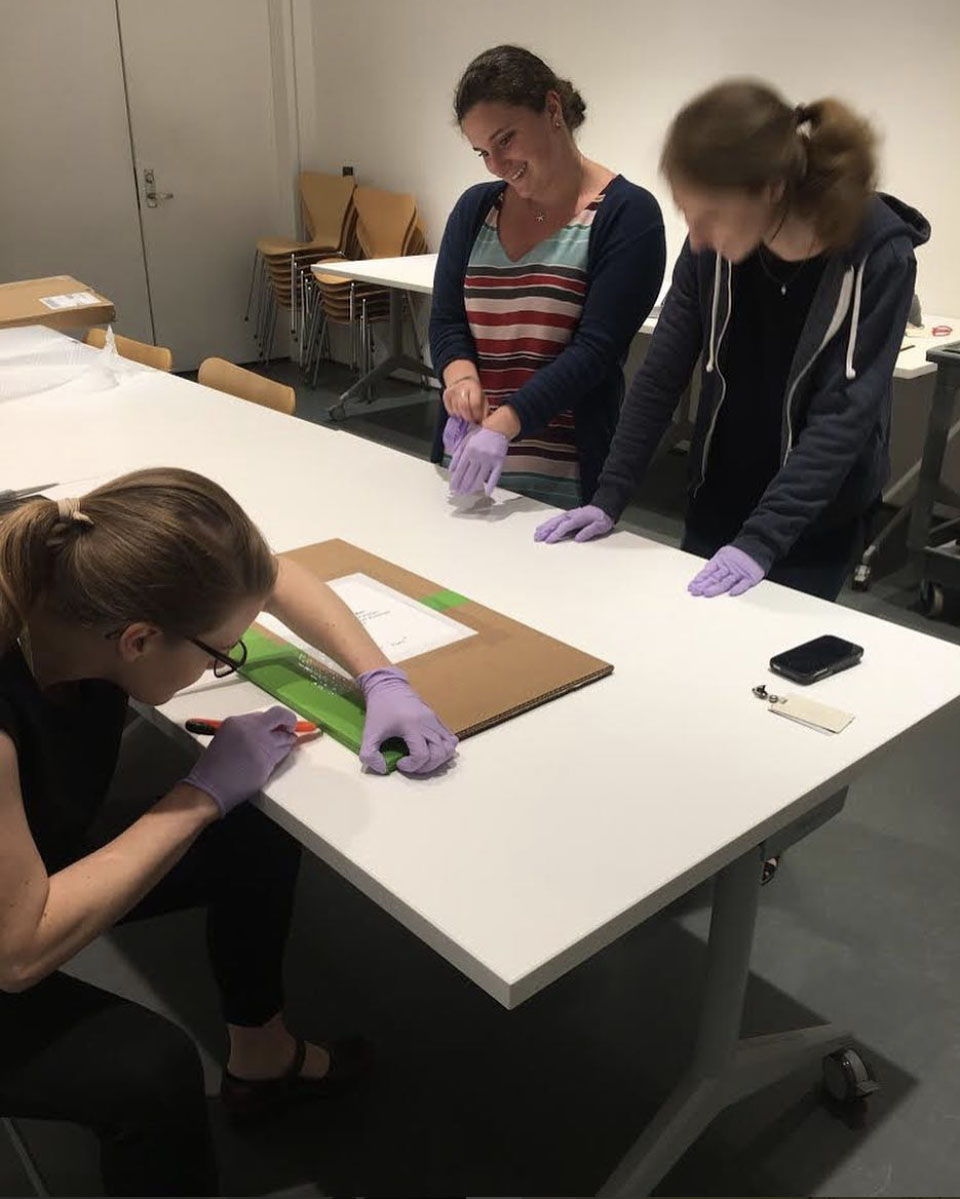
This past year, the Smart’s Student Advisory Committee (SAC) worked to expand the Art to Live With collection. Nine of the new acquisitions were proposed and voted on by these students! SAC member and rising second-year Caroline said, “As someone considering curation as a career prospect, it offered an incredibly exciting and unique opportunity to undergo actual curation work as an undergraduate. We were able to choose a piece to propose, research it, and write and present an acquisition proposal.
Framing Specifications
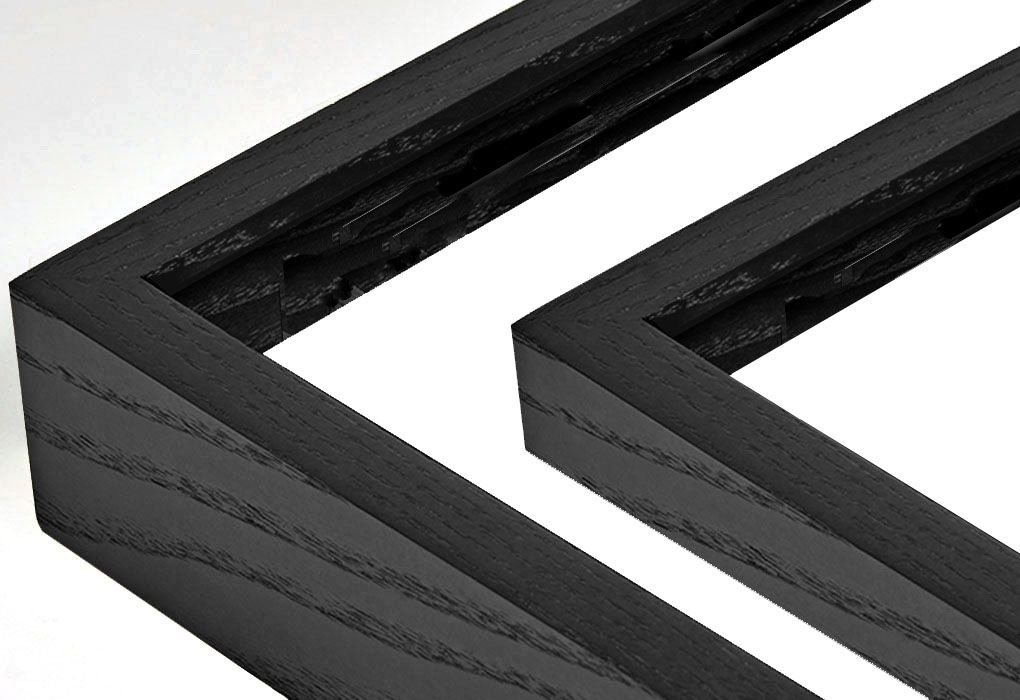
METRO GALLERY FRAME
Profile: 106 and 105
Type: Standard Gallery Frame
Wood & Finish: ash frame with black finish
Purchasing Option: joined wood frame
Custom Frame Acrylic: uv acrylic cut to size
Custom Frame Backing Board: archival coroplast cut to size
